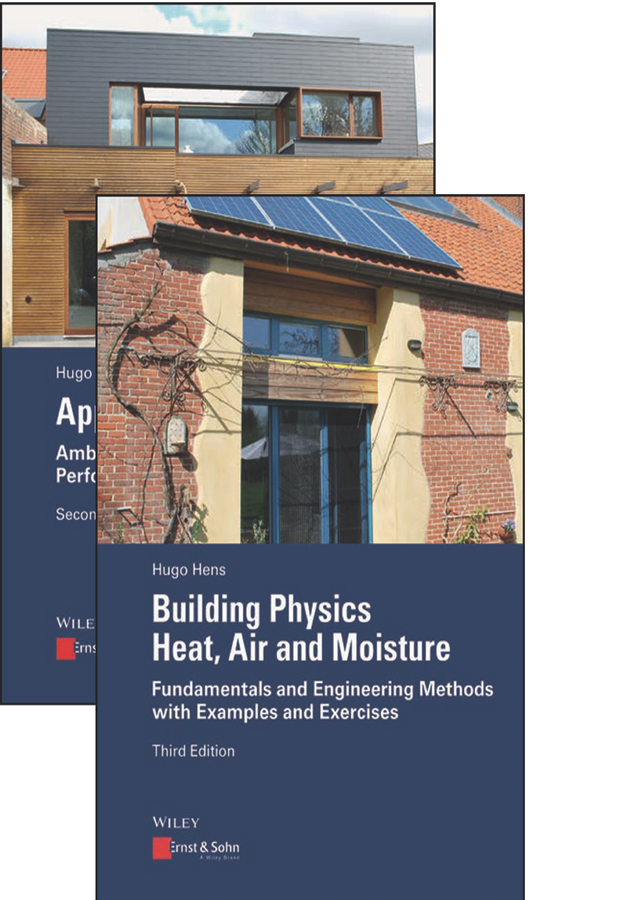Bad experiences with construction quality, the energy crises of 1973 and 1979, complaints about “sick buildings”, thermal, acoustical, visual and olfactory discomfort, the need for good air quality, the move towards more sustainability – all these have accelerated the development of a field that, for a long time, was hardly more than an academic exercise: building physics (in English speaking countries sometimes referred to as building science). The discipline embraces domains such as heat and mass transfer, building acoustics, lighting, indoor environmental quality and energy efficiency. In some countries, fire safety is also included. Through the application of physical knowledge and its combination with information coming from other disciplines, the field helps to understand the physical phenomena governing building parts, building envelope, whole buildings and built environment performance, although for the last the wording “urban physics” is used. Today, building physics has become a key player on the road to a performance based building design.<br> As with all engineering sciences, building physics is oriented towards application, which is why, after a first book on fundamentals of heat-air-moisture transfer a second book examines performance rationale and performance requirements. Outdoor and indoor climate conditions are described and calculation values are discussed, the performance concept is specified at the building level and at the building envelope level, and heat-air-moisture material properties are defined.<br>
Architecture, Civil engineering, surveying and building, Mechanical engineering and materials
Package
₹7,973.00
Building Physics and Applied Building Physics
This book is currently not in stock. You are pre-ordering this book.
ISBN: 9783433032091
Categories: Architecture, Civil engineering, surveying and building, Mechanical engineering and materials

